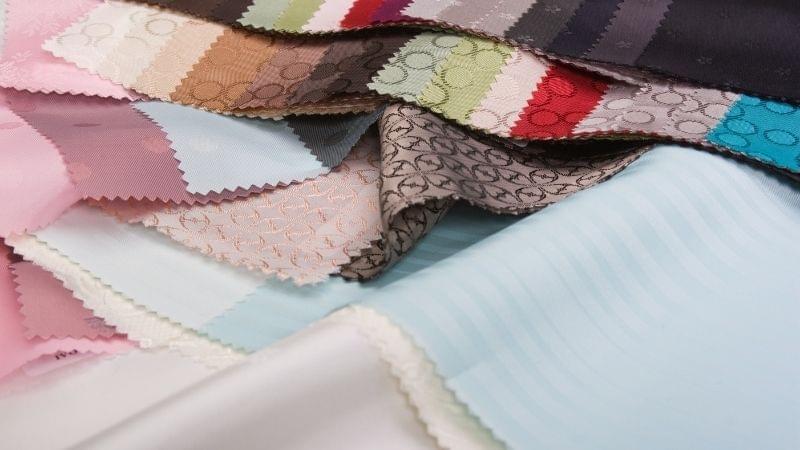
Choosing The Right Fabric
5 Mistakes To Avoid In Your Email Marketing Campaigns
Written by Molly McGuire on May 19th 2021

See our Products, Courses and Update to Date Content in our Newsletter www.thesewingbrew.com
By learning to sew you can easily create items for around your home and even make your own clothing.
Sewing will allow you to save money and also have the items you want, in the fabrics and colors you choose.
However, choosing the right fabric for your sewing project makes all the difference in whether or not your project will be a success or a failure.
Here are some tips and tricks to get you on the road to choosing the appropriate fabric for any sewing project:
Read Your Pattern
If you will be sewing from a pattern, read the back of the package the pattern came in to see what fabric the pattern maker suggests. While you can ultimately use any fabric you choose, the pattern maker gives you an idea of the fabric choices the pattern was ideally made for. You will generally have the best end result if you stick to fabric similar to that listed on the pattern.
Examine the Fabric
When you go to your local fabric or craft store to purchase your fabric, spend some time touching and feeling the fabric. Look it over very well and look for bad signs such as fraying. You can be assured that if the fabric is fraying on the bolt, then it will be fraying when you try to make your project. Similarly, if the fabric is rolling up onto itself on the bolt, then it will do the same to you once you get it home and try to work with it.
Another thing to look for is wrinkles. Does the fabric wrinkle easily? You can test this by scrunching it up in your hand and looking at the result. If the result is a wrinkled mess, and you canít easily smooth it out with your hands, then you can be assured it will wrinkle once your project is completed.
While you are examining the fabric take the time to look at the top of the bolt and see if there are any special care instructions listed. For everyday items and casual clothing, try to stick to fabrics that are machine washable and dryable.
Working with Satin and T-Shirt Knit
Two of the hardest fabrics to work with are satin and t-shirt knit. The satin is so slick that it wants to fall off of your sewing table while you are cutting it. Then once it is cut, it doesn't want to stay together for you to sew it. The best thing you can do to work with satin is to buy special, very small, pins called silk pins. These pins will help your fabric stay together for sewing and will not leave holes in your finished product.
T-shirt knits tend to want to roll up constantly. This means that when you are sewing with it you will have to be unrolling it and holding it in place to sew your seams. While t-shirt knits can make some wonderful items, they are a bit of a bear to sew with.
If you are new to sewing you might want to avoid satin and t-shirt knits until you get a bit more sewing experience under your belt.
Cotton Fabrics
One of the easiest fabrics to sew with is cotton. Cotton is comfortable to wear and looks great on. However, if you will be sewing with cotton, or a fabric such as wool or linen, know that it will shrink when washed and dried.
The first thing you will need to do with cotton is to wash and dry it before you ever cut out your pattern. This will help to ensure that your finished product will stay the same size after laundering. If you will be working with wool or linen you can both wash it and let it shrink or you can commit to only dry cleaning your finished items.
The most important thing you will need to do is to find the right fabric for your project. You can accomplish this by reading the pattern and really looking well at any fabric you might want to use.
Make sure when you get your fabric home that you know how to care for it and prepare it for use.
Once you have done these things you can ensure a wonderful finished project which will last for years to come.
FB Comments Will Be Here (placeholder)
Woodworking Tool Essentials
Choosing The Right Fabric
Written by Molly McGuire on May 19th 2020

FB Comments Will Be Here (placeholder)

Copyright © 2021 Sewing Pattern Secrets LLC. | All Rights Reserved.
This site is not a part of the Youtube website or Youtube Inc. Additionally, This site is NOT endorsed by Youtube in any way.
YOUTUBE is a trademark of YOUTUBE, Inc.
